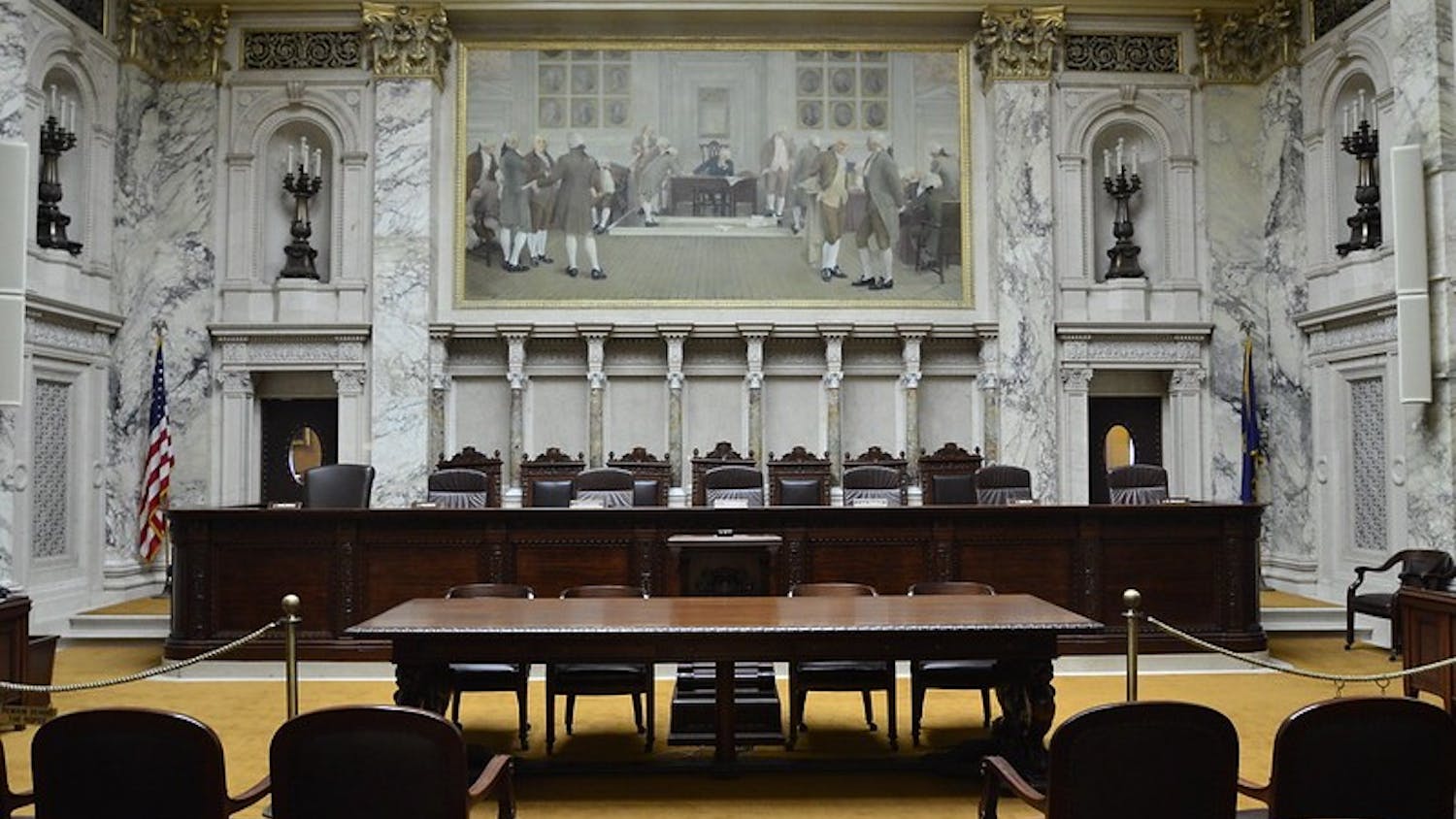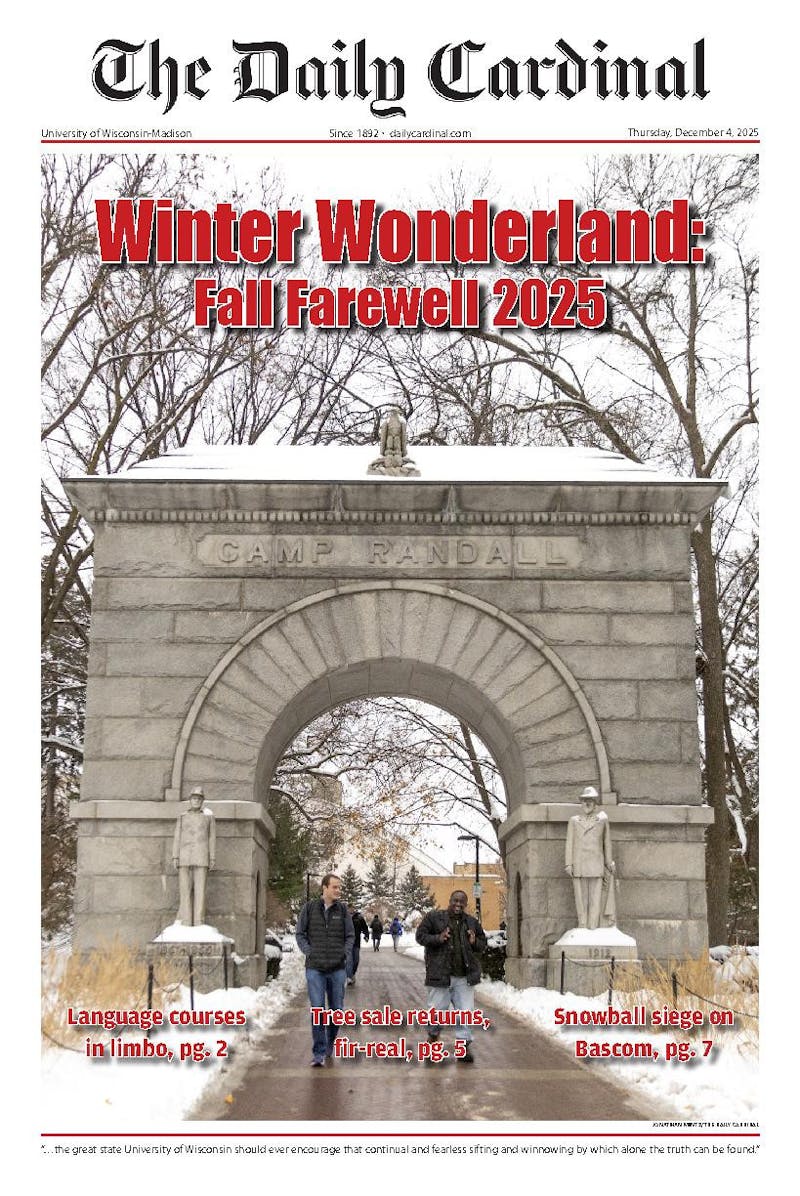Kurt Wuthrich, one of the three Nobel Prize recipients in Chemistry this year, is lecturing this week as part of the Harry Steenbock Lectures in Biochemistry.
Wuthrich is focusing his talks on the powerful structure-solving technique that won him the prize and its applications in everything from the structure of protein to chronic wasting disease.
\It's an honor to have Kurt Wuthrich to be our distinguished speaker today,"" said John L. Markley, director of the National Magnetic Resonance Facility at UW-Madison.
Wuthrich, 64, and two associates were awarded the Nobel Prize for innovations in techniques that help to identify biological molecules, such as proteins, DNA or carbohydrates, and to determine the size and structure of these molecules. He pioneered a technique called NMR with the power to solve three-dimensional structure for proteins.
One major project in Wuthrich's lab is to study mad cow disease and its suspected pathogen called prion protein.
Prion protein is a normal constituent of brain tissue of all mammals with functions that are not well understood. Diseases occur only when prion protein becomes ""misfolded,"" meaning having an undesired change in its structure.
This change in the structure causes brain tissues to degenerate and become sponge-like.
The infected animals suffer dementia and loss of coordination, and eventually die.
These infectious prion proteins in turn cause several diseases, including Creutzfeldt-Jakob disease in humans, mad cow disease in cattle, and chronic wasting disease in deer and elks. Most scientists believe a misfolded prion protein can somehow turn the normal prion protein into the misfolded form, but it remains largely a mystery.
Even more puzzling is how the misfolded prion protein can move from one animal to another.
Wuthrich said he believes the rich information provided by the structures will eventually allow the him to stop the disease.
""It's like walking in a black forest,"" Wuthrich said, ""we can hear the wolf but we can not see it.""
Wuthrich will give one more lecture today at 3:30 p.m. at B1118 Biochemistry Building.
He will address the use of NMR on structural biology and structural genomics.





